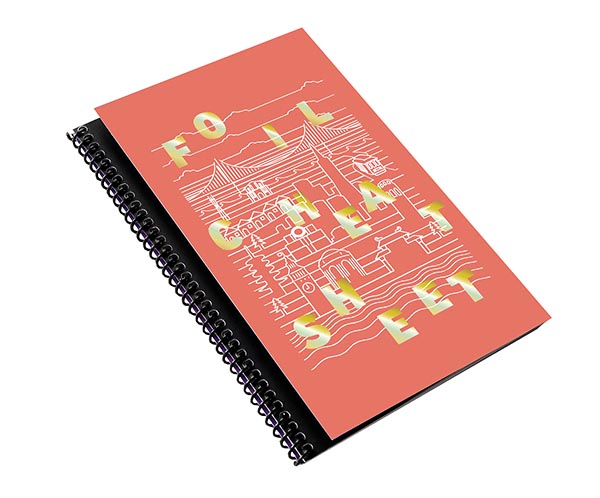By Jeff Peterson, Executive Director, FSEA
The Foil & Specialty Effects Association (FSEA) serves two distinct purposes for the printing and finishing industry.
First, it provides benefits for its members who are involved in the production of printed materials that include specialty effects, such as decorative foils, UV coatings and laminates.
Secondly, FSEA focuses on educating brand owners on the benefits of specialty embellishment as it pertains to folding cartons, labels, direct mail and greeting cards.
For its members, FSEA strengthens the industry through the sponsorship of events, webinars, statistical surveys, reference tools, an association magazine (PostPress) and its website.
FSEA recently sponsored the Amplify Print event where FSEA and its partner, the Association of Print Technologies (APTech), brought together suppliers of finishing and embellishment equipment and products to connect with printers, print finishing and embellishment producers, brand owners and designers. This created a networking opportunity for everyone involved in the production of a printed piece. Amplify was very well received by the nearly 1,000 attendees, and the next Amplify event is scheduled for 2024.
Recently, FSEA launched the Digital Embellishment Alliance (DEA), created as an education and communication opportunity surrounding the growing digital embellishment segment of the printing industry.
DEA will provide educational programming and membership benefits, including special
programming at FSEA events, standardization initiatives, designer outreach, trend analysis and brand education. A website will be dedicated to DEA to provide information and resources on digital embellishment technology.
With the continued emphasis on sustainability, FSEA has commissioned a study on the repulpability of paper decorated with transfer foils – produced in conjunction with the Georgia Tech Renewable Bioproducts Institute.
The study demonstrates that transfer foil decorated paper and board do not create problems in the recyclability/repulpability of paper and/or board in a common repulping process.
In addition to that study, FSEA also issued a press release on the negligible amount of metal (aluminum) that is present in transfer foils. Recyclability of decorated paper and board will continue to be a focus of the association.
To increase awareness of foil decorating techniques, FSEA has produced the Foil Cheat Sheet, in cooperation with PaperSpecs (an online platform developed to communicate easy-to-understand tips and tricks on print and paper technologies).

The Foil Cheat Sheet explains the different techniques available for creating metallic foil finishes.
The Foil Cheat Sheet is an excellent source explaining the different techniques available for creating metallic foil finishes. From hot and cold foil to toner-based and varnish-based digital foiling, the guide describes each technique and provides the advantages and disadvantages of each. The coil-bound guide includes decorative samples of the different metallic processes and a fold-out table that summarizes the process, colors available, overprintability, best paper stocks, and suggested print runs.
For more information on FSEA and/or the new Digital Embellishment Alliance, visit www.fsea.com or contact Jeff Peterson, FSEA executive director, at [email protected].










Discussion
Join the discussion Sign In or Become a Member, doing so is simple and free